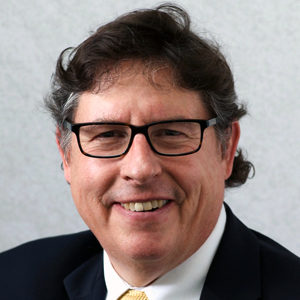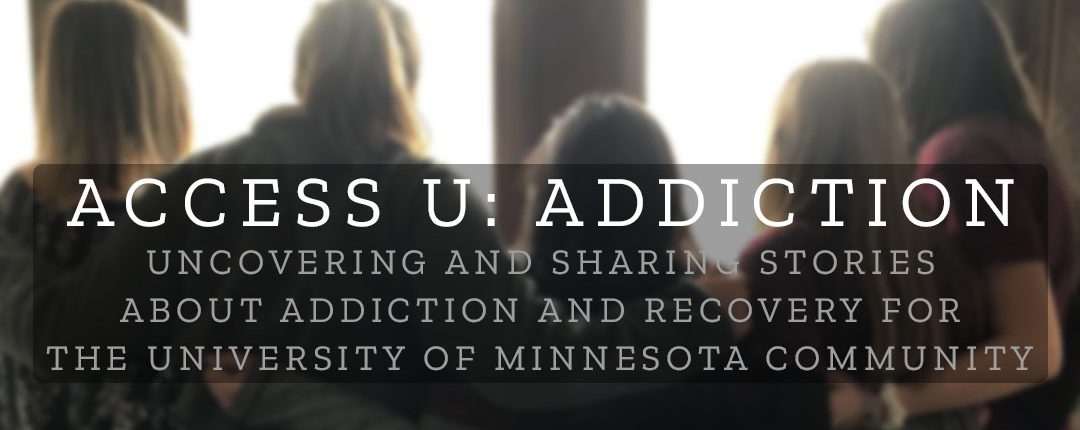AccessU: Addiction reporting cited in MinnPost article as reason for changes that include more resources for S.O.B.E.R. and creating “a safe place for members of the university’s recovery community to gather”
University of Minnesota officials say they “strongly support the idea of creating a dedicated space” for a student recovery community on the second floor of Coffman Memorial Union near other student organizations.

“A hangout, a study spot, a coffee pot, a safe place for members of the university’s recovery community to gather: That’s definitely something that could happen soon,” David Golden, Boynton Health’s director of public health and communications, said in a MinnPost article published Monday about the AccessU: Addiction’s semester-long effort to uncover stories about students in recovery or struggling with addiction.
If the university does create a space next year for a student recovery community in Coffman, it would represent a significant new step by the university toward supporting a community that AccessU: Addiction’s reporting revealed has been underserved on the Twin Cities campus.
The idea of a dedicated space for students in recovery is commonly provided by colleges that are members of the Association of Recovery in Higher Education (ARHE), which sets standards for how colleges and universities support students in recovery from drug and alcohol addiction.
The University of Minnesota is not an ARHE member. Prompted by AccessU: Addiction’s reporting, however, university officials have said they would consider membership in the ARHE in the 2018-19 academic year.
As detailed in the MinnPost story, the AccessU: Addiction reporting project, part of the Brovald-Sim Community Journalism Practicum at the Hubbard School of Journalism and Mass Communication, revealed that support for students struggling with addiction is a concern on campus for undergraduates — one the university has not adequately addressed through its programming in the same way as other colleges.
The 10 students in the class conducted a survey of 700 undergraduates showing a need for addiction and recovery services accompanied by confusion about what the university actually offers. The class also compared resources offered to students in recovery at all Big Ten schools and discovered that the University of Minnesota falls far behind — ranking 13th out of the 14 schools.
AccessU: Addiction held a community forum to discuss the university’s poor showing in early May. Golden, who was a panelist and who works with other Boynton staff members to plan services for students in recovery, said in the MinnPost article he was disappointed by the university’s poor marks in the Big Ten comparison but resolved to move forward with improvements.
Among those, he said, are reinvigorating the campus S.O.B.E.R. club, which lapsed in the spring, with a dedicated staff person overseeing it and new marketing efforts. While he said the university would also rethink sober housing, which it attempted several years ago without success, a more realistic plan might be to offer a space in Coffman where students in recovery could gather.
“Initially, housing might be a heavy lift for the first couple of years, but finding a space on campus might be a different kind of thing entirely,” Golden said.
